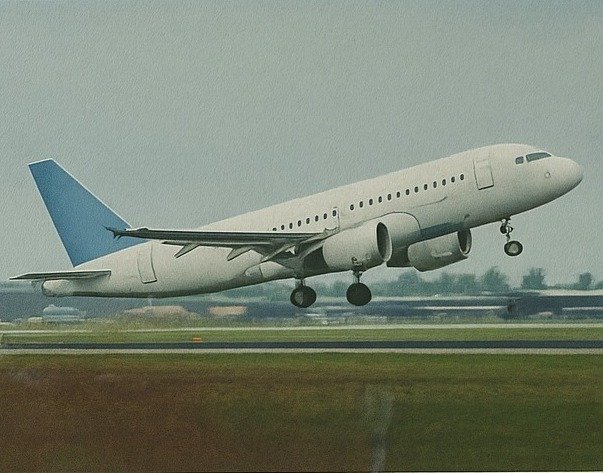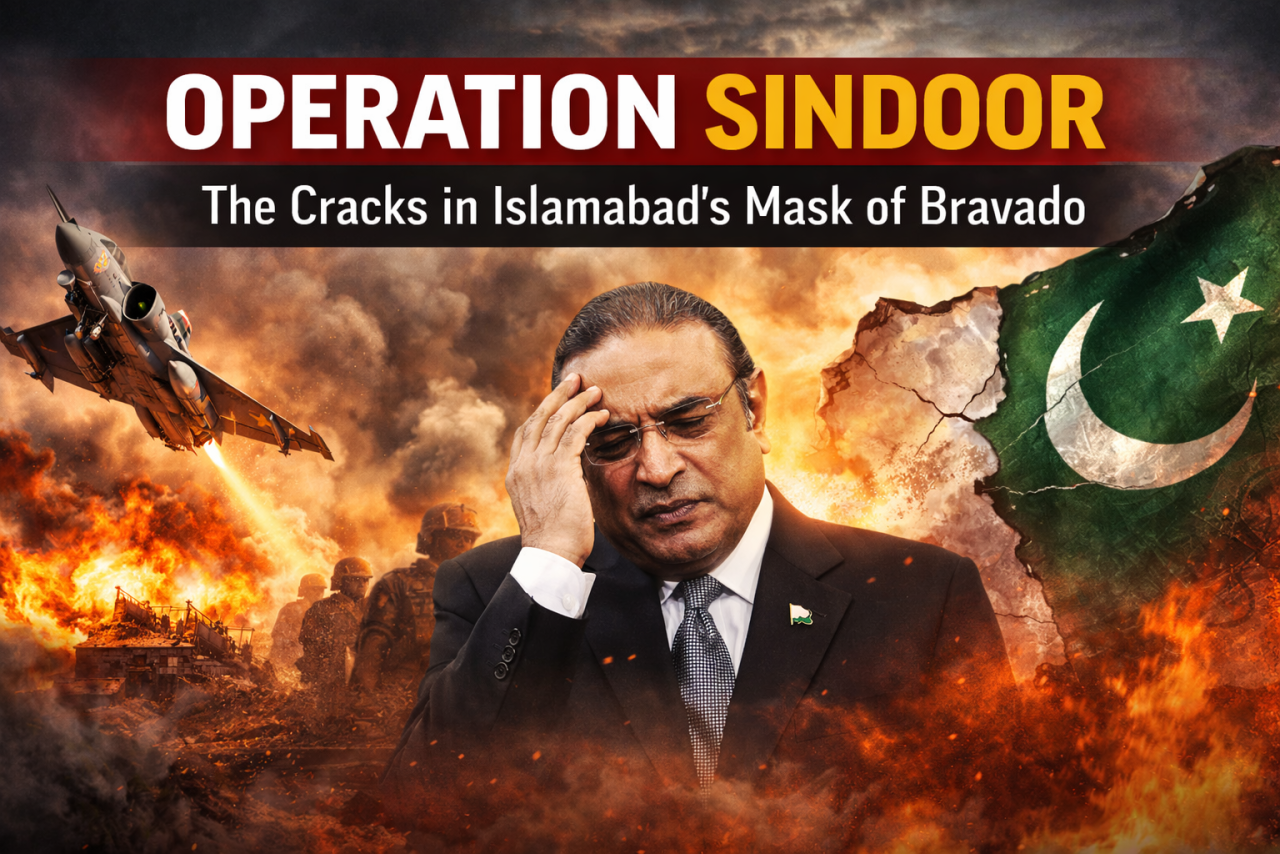
Starting October 1, 2025, the Directorate General of Civil Aviation (DGCA) will launch a ranking system for Flying Training Organisations (FTOs) in India. The initiative promises to assess and grade these institutions based on safety, performance, compliance, and student assistance. On paper, it appears to be a step toward better transparency and improved aviation standards. But does ranking alone solve the deep-rooted issues in India’s pilot training ecosystem?
The Plan: Ratings with a Purpose
According to the DGCA’s public notice issued on July 8, FTOs will be ranked bi-annually—on October 1 and April 1 every year—using quantifiable performance indicators. Those scoring above 85% will be graded A++, while scores from 85% to 70% will receive an A or A+. FTOs scoring below 70% will fall into Category B, and they will be issued a notice for self-correction and performance improvement.
This ranking aims to offer a standardised and comparative framework to ensure uniformity across pilot training schools. The idea is to reward schools that demonstrate safety, transparency, and efficiency while nudging underperforming institutions to raise their game. However, in practice, India's FTO sector is plagued with structural challenges that go beyond grading.
A Closer Look at the Ranking Parameters
The DGCA has divided the grading criteria into four major components:
- Operational Aspect (40% weightage):
This includes the instructor-to-aircraft ratio, student-to-instructor ratio, aircraft availability, simulator access, and fleet size. These metrics are essential, especially considering that many FTOs in India function with outdated fleets and lack sufficient simulators. In 2023, India had 35 operational FTOs, many of which had less than five operational aircraft. Training delays and maintenance issues were common, raising concerns about the training hours logged by students. - Safety Standards (20% weightage):
The DGCA will evaluate the number of reported accidents and incidents, and whether they were disclosed properly. In the past 12 months, India saw over 25 safety-related incidents in training schools, according to internal aviation reports. These included mid-air near-misses, runway excursions, and hard landings. Schools that fail to report such incidents will be penalised, which is a positive move considering the underreporting culture that persists. - Compliance Standards (30% weightage):
This includes the number of DGCA inspections that raised red flags, Level-1 safety concerns, and even breathalyser failures by flight instructors. In 2022–23, DGCA issued 87 show-cause notices to FTOs for serious compliance violations ranging from falsified training records to student overworking. Including this metric brings accountability to the forefront. - Student Assistance (10% weightage):
This category will evaluate how well FTOs handle student grievances, offer scholarships, and ensure transparency in fee payments and refund policies. The importance of this criterion cannot be overstated, especially after the COVID-19 pandemic when many students reported losing lakhs in non-refundable deposits due to training suspensions.
The Promise vs The Reality
While the ranking system is well-intentioned, it remains to be seen whether it can push meaningful reform. Ranking an institute does not automatically solve the issue of poor infrastructure or shortage of qualified instructors. India faces a chronic lack of flight instructors—data from 2023 showed a gap of nearly 350 certified instructors needed to meet current demand. Without fixing this gap, any improvement in instructor-to-student ratio would be superficial at best.
Also, many FTOs operate under tight budgets and often delay aircraft maintenance to save costs. Without parallel reforms in funding, policy support, and regulatory incentives, it is hard to imagine how these schools will suddenly improve their safety records.
Further, students are often kept in the dark about delays, equipment failures, or changes in flight schedules. A grading system should ideally be accompanied by a public portal where students can access live data on FTO operations, including number of flying hours completed, aircraft availability, and safety history.
A Global Perspective
Globally, countries like the United States and Australia have robust flying school auditing systems, often linked with licensing renewals and real-time monitoring. The U.S. Federal Aviation Administration (FAA) publishes annual audit summaries of flight schools, while Australia's Civil Aviation Safety Authority uses tech-enabled oversight to track simulator use and instructor attendance. DGCA’s move is a welcome beginning, but India must eventually reach this level of real-time, tech-integrated oversight.
What Needs to Happen Next?
Ranking should not become just a certificate of reputation. It must carry consequences. FTOs that consistently fall in Category B should face penalties like restricted student intake or temporary suspension of license. The DGCA must also make rankings publicly accessible with clear definitions and explanations, so students and parents can make informed choices.
More importantly, the government must recognise that training quality is also linked to affordability. The cost of getting a Commercial Pilot License (CPL) in India ranges from ₹35–45 lakh, making it one of the most expensive career training programs. Without financial aid mechanisms, even the best FTOs remain inaccessible to deserving candidates from modest backgrounds.
Insightful Takeaway
DGCA’s ranking system is a move in the right direction, but it must not stop at statistics and spreadsheets. Transparency, accountability, and genuine reform must follow. If implemented with seriousness and regular oversight, this system could eventually raise India’s flight training standards. But unless systemic issues like instructor shortages, poor maintenance, and opaque student policies are addressed, the sky-high dreams of many aspiring pilots may continue to face turbulence on the runway.





















